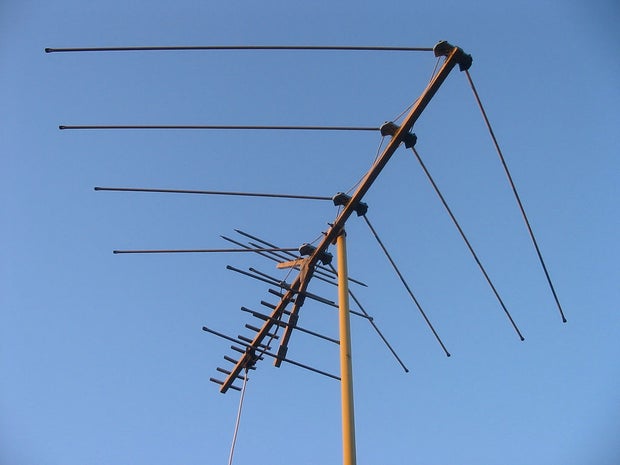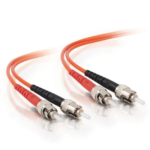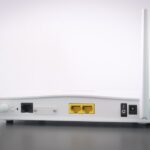Stage 1: Find Your Local TV Stations
Likewise, with land costs, TV Aerials Preston installation is about area.
The main thing you need to do is discover the areas of neighborhood transmission pinnacles to comprehend what sort of radio wire you’ll at the end need and how to arrange it.
The best spot to discover which TV stations are accessible is to produce a significant report on the TV Fool site.
This will give you a rundown of genuine (also called “RF” or radio recurrence) directs being communicated in your general vicinity — in the UHF and VHF groups.
Here’s top-notch of neighborhood stations in the Austin, Texas region:
You can see the sign strength is green for these stations, which implies I just need an indoor radio wire to get them.
You can likewise observe that these stations are grouped together. A solitary tv aerial installation would most likely get every one of these stations.
Despite the fact that the TVFool.com signal report gives both valid and attractive azimuth headings, I prescribe utilizing the attractive headings to situate your reception apparatus.
VHF and UHF Channels
Note that numerous radio wires get genuine transmission channels for both the VHF (genuine channels 2-13) and UHF (genuine channels 14-36) frequencies. However, some get either VHF or UHF.
Since 2009, numerous stations that had beforehand communicated on VHF (in the times of simple TV) have moved to UHF, while a few stations have stayed on VHF.
But others have moved from UHF back to VHF or to another UHF channel because of an ongoing FCC range sell-off.
As should be obvious in my station list over, all stations yet one (KTBC) are communicating on UHF.
If you needed to further get this solitary VHF channel, you would require a receiving wire that gets on the two frequencies.
The FCC Channel Repack
From September 2018 to July 2020, various TV slots over the United States will change their genuine channel number because of an FCC range sell-off.
You can go on rabbitears.info to check whether any nearby stations on your rundown will be changing to an alternate channel number.
As per the site, I can see that one of my neighborhood channels will be reassigned during Phase 3 (from genuine channel 49 to 23).
Doing a channel rescan on your TV or converter box toward the finish of the relating stage will naturally enroll and resolve these changes, yet it’s still acceptable to have a heads up.
Shop for Your Antenna
Since you know the areas, distances, and recurrence groups of neighborhood TV stations, it’s an ideal opportunity to get a TV receiving wire.
Directional or Omnidirectional?
Outside TV receiving wires are typically directional (i.e., uni-or multidirectional), which means they’re advanced for getting signals from explicit bearings as opposed to from 360 degrees around (i.e., supposed omnidirectional reception apparatuses).
In this article, I show a few instances of uni-and multidirectional radio wires.
In the event that it is accurately looking towards a transmission tower, a directional receiving wire offers more grounded, longer-range gathering than that of an omnidirectional radio wire (all else being equivalent).
Omnidirectional reception apparatuses will, in general, work best when your encompassing territory is somewhat level (instead of bumpy or uneven), just as when you’re under 15 or 20 miles from transmission towers.
It’s no mishap that indoor radio wires will, in general, be omnidirectional.








